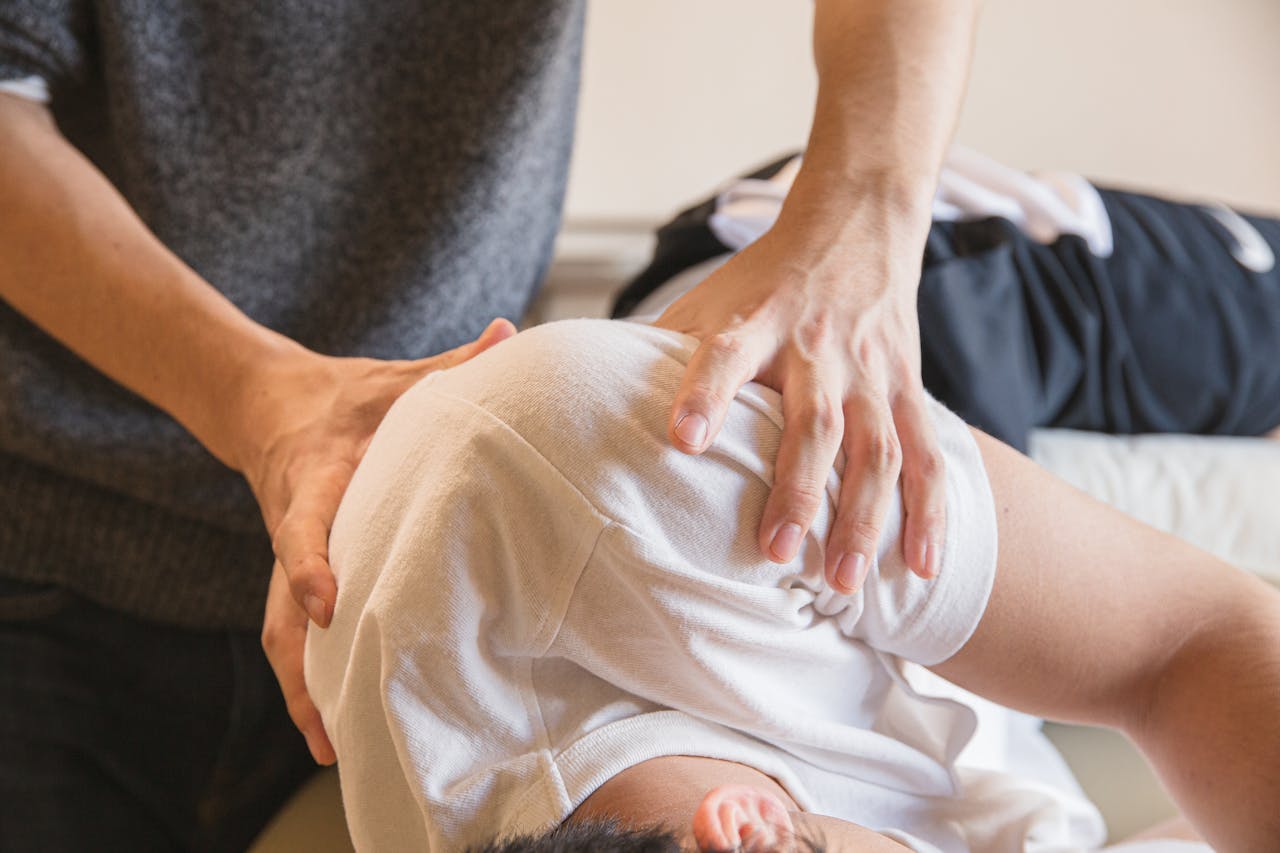Incorporating massage into a physical therapy regimen can be a transformative approach to healing and rehabilitation. Often viewed as a luxury or a mere indulgence, massage therapy actually offers a plethora of benefits that can enhance the efficacy of traditional physical therapy.
Imagine the soothing sensation of skilled hands working through tight muscles, relieving tension, and improving circulation—all while aiding the recovery process. Whether you’re recovering from an injury, managing chronic pain, or striving to boost athletic performance, adding massage can provide that extra layer of support your body craves.
This article will explore effective strategies for integrating massage into your therapy program, unlocking the potential for a more comprehensive healing experience that addresses both physical and emotional well-being.
Introduction to Massage in Physical Therapy

Massage therapy has long been a cornerstone in the realm of physical rehabilitation, offering a blend of relief and healing that resonates with both practitioners and patients. This ancient technique, rich in history and diversity, addresses a range of physical ailments—from chronic pain to post-operative recovery—by manipulating the body’s soft tissues.
Yet, its application in physical therapy is not merely a luxury; rather, it serves as a critical adjunct that enhances mobilization alleviates tension, and promotes overall function. By integrating massage into a physical therapy regimen, clinicians can tailor their approach to suit each individual’s needs, creating a synergistic effect that maximizes therapeutic outcomes.
As we delve deeper into the art of incorporating massage, we uncover the nuanced ways it complements traditional rehabilitation practices, paving the way for a more holistic healing journey.
Understanding the Different Types of Massage
To effectively incorporate massage into a physical therapy regimen, it’s essential to understand the diverse types of massage available and their unique benefits. Swedish massage, characterized by its gentle strokes and relaxation focus, can be invaluable for reducing tension and promoting overall serenity. In contrast, deep tissue massage delves into the layers of muscle and connective tissue, alleviating chronic pain and aiding in recovery from injuries.
For those seeking relief from stress and anxiety, aromatherapy massage, infused with essential oils, can elevate both mental and physical wellness. Additionally, sports massage, tailored specifically for athletes, enhances performance and helps prevent injuries by focusing on specific muscle groups. Each type serves a distinct purpose; recognizing these differences can empower individuals to choose the right massage technique that complements their physical therapy goals and personal needs.
Assessing Individual Needs

Assessing individual needs is a pivotal step in seamlessly integrating massage therapy into a physical therapy regimen. Each patient presents a unique tapestry of symptoms, lifestyle factors, and personal preferences that must be unraveled. For some, the soft, flowing strokes of Swedish massage may provide the perfect remedy for muscle tension, while others might benefit more from the targeted precision of deep tissue techniques. It’s not just about alleviating pain; it’s about enhancing overall well-being through tailored approaches.
A thorough evaluation, encompassing medical history and current physical challenges, allows therapists to craft a personalized plan that balances the therapeutic benefits of massage with the goals of physical therapy. Engaging in open dialogue with patients also fosters trust, empowering them to communicate their feelings and reactions, ultimately ensuring that the massage experience is both safe and effective. Through this thoughtful assessment, therapists can light the way toward a more holistic recovery journey.
Conclusion
Incorporating massage into a physical therapy regimen can significantly enhance recovery and overall well-being. By understanding the specific benefits that different massage techniques offer, individuals can tailor their therapy sessions to address unique needs and conditions.
Whether you’re seeking relaxation, pain relief, or improved mobility, the integration of massage can foster a more holistic approach to healing. Facilities like 춘천마사지 offer specialized services that can complement traditional physical therapy, providing patients with a comprehensive solution for their rehabilitative needs. Ultimately, collaborating with healthcare professionals can ensure that the incorporation of massage is both safe and effective, paving the way for a smoother and more enjoyable recovery journey.




